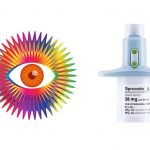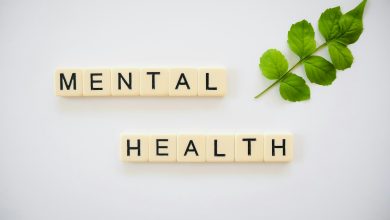How Long Does It Take To Get High On Drugs?

Euphoria, commonly known as “high” is a feeling or state of intense excitement and happiness, it is an amplification of pleasure, a phase where one’s essential biological needs appear to be satisfied.
Euphoria is associated with many classes of addictive drugs and it is linked with the brain reward system. Drugs of abuse have in common the fact that they serve as biological rewards. They do so because of their ability to activate endogenous brain circuitry.
Drugs that cause euphoria activate the brain’s reward center by triggering the release of the brain chemical dopamine which surges, like waves producing a high in the process. After repeated hits, the brain adjusts to this higher level of dopamine by making less of it and by reducing the number of receptors that can receive and transmit the signals it sends.
Having too much dopamine or too much dopamine concentrated in some parts of the brain and not enough in other parts is linked to being more competitive, aggressive, and having poor impulse control. It can lead to conditions that include ADHD, binge eating, addiction, and gambling.
How Long Does It Take To Get High?
The time it takes to get high depends on the substance being abused or the activity being undertaken. In addition, several factors can also affect how long a substance triggers the release of the brain chemical dopamine.
Different types of drugs affect your body in different ways, and the effects associated with drugs can vary from person to person. How a drug affects an individual is dependent on a variety of factors including body size, general health, the amount and strength of the drug, and whether any other drugs are in the system at the same time. It is important to remember that illegal drugs are not controlled substances, and therefore the quality and strength may differ from one batch to another.
For example, cocaine high typically peaks at around 20 to 30 minutes after inhalation and will last from 1-2 hours. When smoked or injected intravenously, the peak high occurs within three to five minutes and the high will typically last less than an hour.
Cannabis highs can start almost instantly or take as long as an hour to set in. The amount of time it takes for a high to start will again depend on your individual body’s reaction, how long you have been using the substance most importantly how you consumed it.
Gender is also a key factor, women are more likely to transition from substance abuse to substance dependence and addiction (i.e., telescoping) and do so at a faster pace. The distinctions between men and women suffering from addiction stem from biological and sociological differences. Many researchers now explain gender differences between the 2 as a result of the impact of society (such as childcare responsibilities, addiction stigma, relationship dynamics, etc.). There are also biological differences between men and women, revolving primarily around testosterone and estrogen production as well as average body size and composition, that causes substances to diversely affect the body.
How different drugs affect you
Drugs affect your body’s central nervous system. They affect how you think, feel, and behave. The three main types are depressants, hallucinogens, and stimulants:
- Depressants: This class of drugs slow or ‘depress’ the function of the central nervous system. They slow the messages going to and from your brain. In small quantities, depressants can cause a person to feel relaxed and less inhibited. In large amounts, they may cause vomiting, unconsciousness, and death. Depressants affect your concentration and coordination and slow your ability to respond to situations. It is important to not operate heavy machinery while taking depressants. Alcohol, cannabis, GHB, opiates (heroin, morphine, codeine), and benzodiazepines (minor tranquilizers) are examples of depressants.
- Hallucinogens: Using hallucinogens distort your sense of reality. You may see or hear things that are not really there, or see things in a distorted way. Other effects can include emotional and psychological euphoria, jaw clenching, panic, paranoia, gastric upset and nausea. Ketamine, LSD, PCP, ‘magic mushrooms’ and cannabis are examples of hallucinogens.
- Stimulants: Generally, stimulants speed or ‘stimulate’ the central nervous system. They speed up messaging to and from the brain, making you feel more alert and confident. This can cause increased heart rate, blood pressure and body temperature, reduced appetite, agitation and sleeplessness. In large amounts, stimulants may cause anxiety, panic, seizures, stomach cramps, and paranoia. Caffeine, nicotine, amphetamines (speed and Ice), cocaine, and ecstasy (MDMA) are examples of stimulants.





